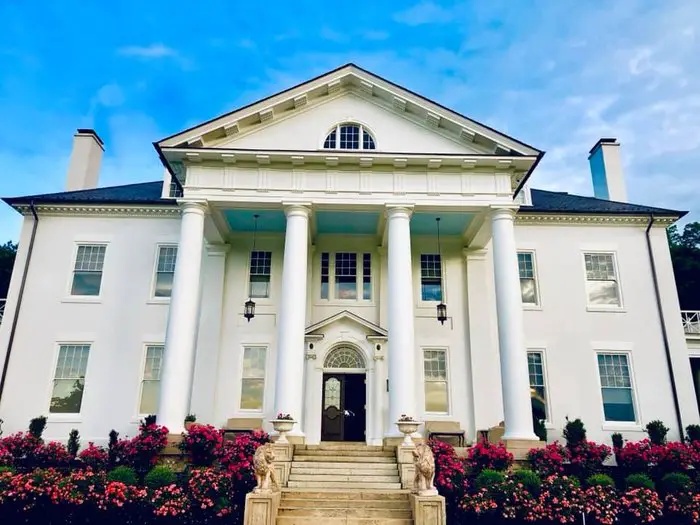The Selma Mansion plantation, situated in Loudoun County not too far from Leesburg at the foot of Catoctin Mountain, had been left abandoned for over ten years. Once a thriving center of economic and social activity, the plantation had fallen into neglect, allowing creeping vines and decay to reclaim the land. But don’t worry, this isn’t another sad tale of abandoned historic sites. Thanks to a recent purchase and restoration effort, the Selma Mansion is once again open to the public.
Even in its dilapidated state after years of abandonment, Selma still exudes a certain elegance.
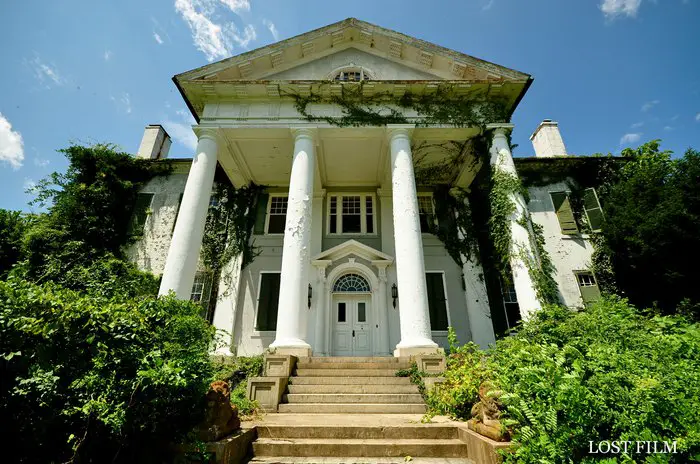
The fondness for this old house likely arises from the stories told about the lingering ghosts and echoes in the rooms where peace and quiet once reigned. What makes this remarkable structure truly special is its ability to retain its beauty even as it crumbles. It’s somewhat eerie, yet undeniably impressive.
Back in 1815, the original manor house of Selma Plantation was built by Armistead Thomson Mason, a grand-nephew of the well-known Virginia statesman George Mason.
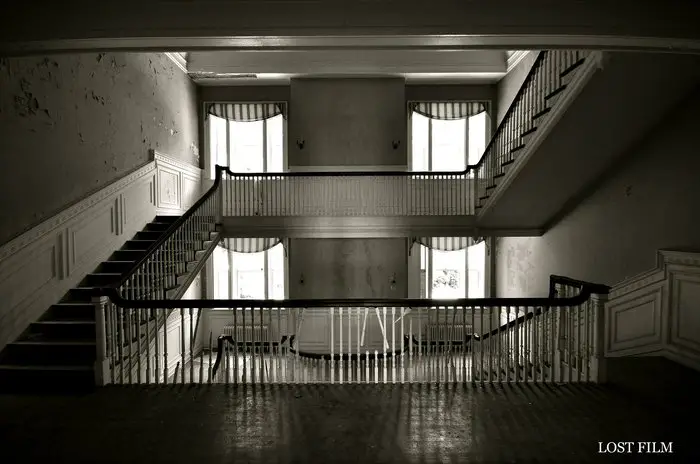
Originally part of a 10,000-acre property purchased by Mason’s great-grandmother, Ann Stevens Thomson Mason, in 1741, the Masons were pioneers in the Leesburg region. So, this beautiful residence has its roots in Virginia’s colonial era. After serving as a U.S. senator from 1816 to 1817, Mason made his permanent home in the nearby town of Selma, becoming a notable resident of Leesburg.
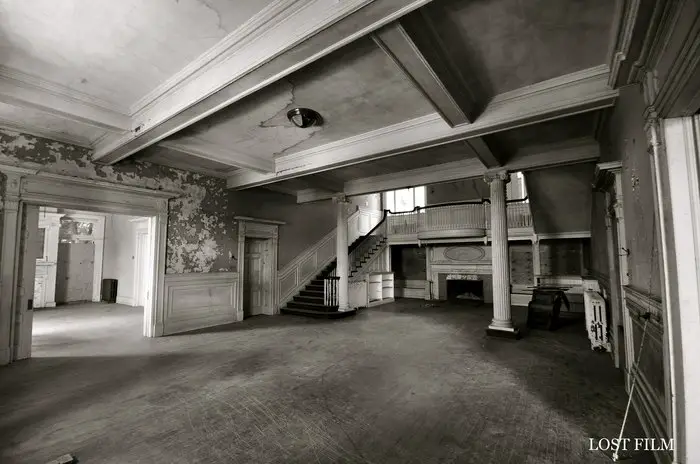
Following his marriage to Charlotte Eliza Taylor on May 1, 1817, Mason and his new wife had a son in 1819. Unfortunately, he was the first of many individuals linked to Selma to meet a tragic end.
A political dispute between Mason and his cousin, Colonel John Mason McCarty, led to a duel on February 6, 1819, resulting in Mason’s death. Though Mason was shot and killed, McCarty managed to escape.
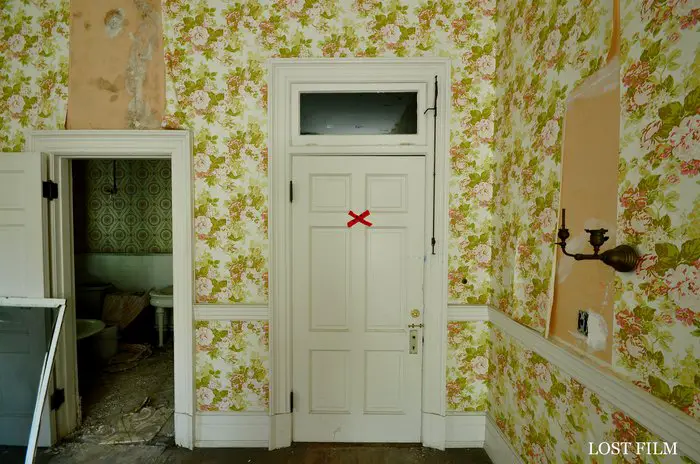
Despite its splendid design and promising beginnings, tragedy would ultimately befall the mansion. Charlotte Mason remained at Selma after her husband’s death, raising their young son, Stevens Thomson Mason, Jr., who would later become the sole heir to the family’s wealth.
Meanwhile, not long after the fatal duel, McCarty moved to a place called Strawberry Plain, not far from Selma. McCarty died in a hunting accident while chasing game along the fence line that separated the Mason and McCarty properties, ensuring the two families never reconciled. Given such a tragedy, it’s understandable that the families didn’t communicate. Yet there’s a poetic irony in the fact that McCarty traveled directly along the boundary that divided them.
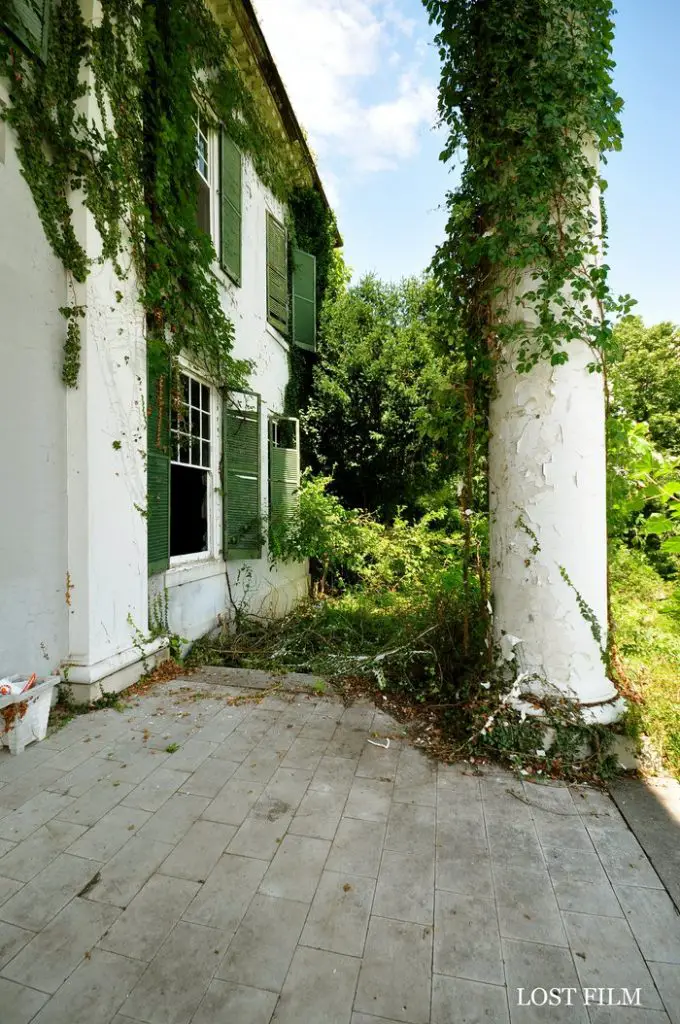
Young Stevens Mason often rode a pair of horses around town, earning a reputation as a dashing young man.
However, his irresponsible behavior led to financial troubles, and he eventually had to sell the family home and serve in the U.S. Army. In 1847, the same year his mother passed away, Mason was fatally wounded in the Mexican-American War. As we’ve seen, tragedy struck the mansion’s original owners. More misfortune awaited the new inhabitants of Selma.
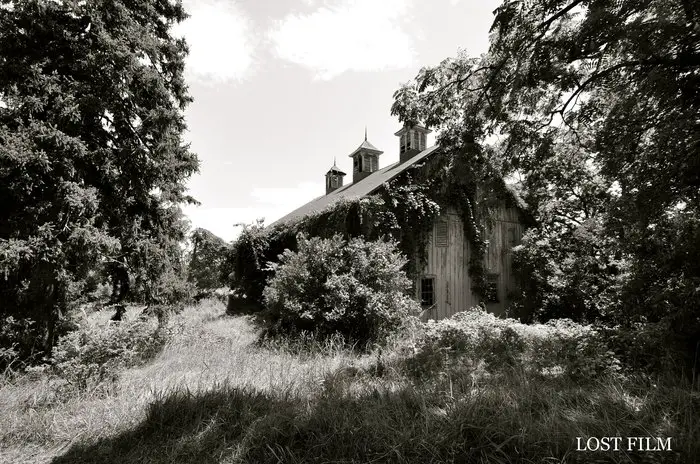
The original structure was destroyed by fire in the 1890s. After acquiring the estate in 1896, Elijah B. White embarked on a mission to restore it to its former glory. The current Selma mansion was completed in 1902, with a kitchen wing built from a surviving fragment of the previous building, spared by the fire. The architectural firm of Noland and Baskerville in Richmond played a role in this restoration. This beautiful yet troubled home has come to symbolize the need for renewal and starting anew.
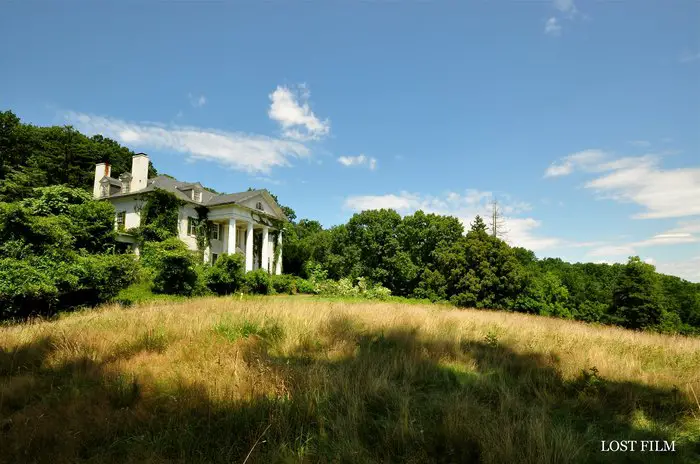
Since White’s vision for Selma’s revival, the property has changed hands and been developed by various individuals and companies over the past 114 years.
From the 1980s to the early 2000s, Selma was a sought-after venue for events and weddings, often captured in picturesque photographs. The photo captures the stunning scene perfectly. However, efforts to revitalize Selma stagnated for a considerable period, leading Preservation Virginia to include the town on its list of endangered historic places in the state in 2009.
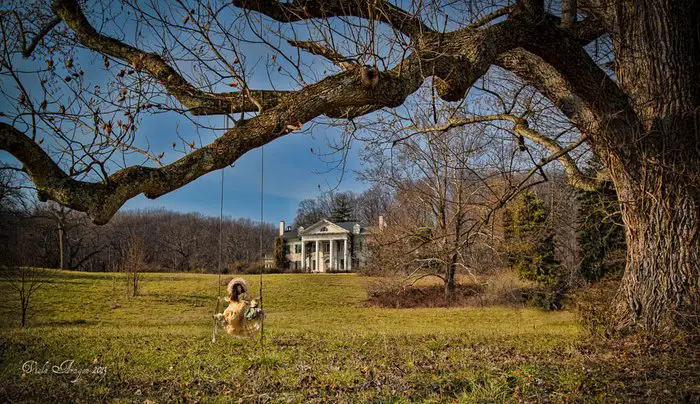
The decaying Roman Ionic columns and grand staircases of Selma presented a striking contrast to the new construction on neighboring lands. For a while, it seemed Selma would forever watch from its hilltop perch as nature and progress battled over the last remnants of a bygone era.
Then along came Sharon Virts and Scott Miller. Having succeeded in their respective fields and amassed significant wealth, this dynamic pair pondered ways to give back to society. Their encounter with the deteriorated Selma Mansion highlighted the importance of preserving historical sites.
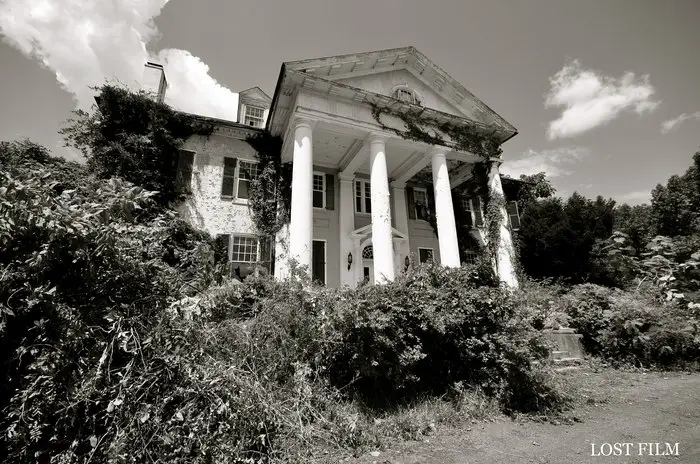
They bought the property and embarked on the challenging journey of restoring the house to its former splendor, allowing future generations to learn from its tumultuous history. Through a tremendous amount of effort, resources, research, and affection, the Selma Mansion has been returned to its former glory and is now open to the public.
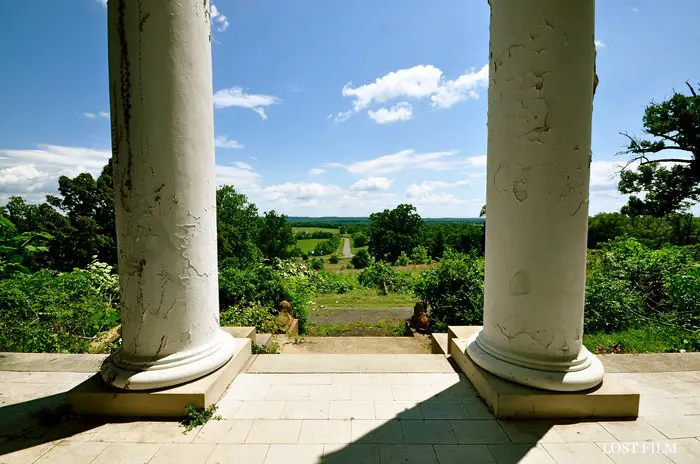
Miller and Virts saw in their new home the promise of a fresh beginning, a second chance, and the potential for redemption. As spring arrives and daffodils bloom, the homeowners hold onto hope for the year ahead and wish the same for their visitors. Have you heard of the Selma Plantation house before? Have you visited recently or during its occupation? Feel free to share your thoughts and opinions about this property or any other rundown home you’d like to see revitalized. What’s your take? Let us know in the comments!
Mailing Address: Selma Mansion, 16045 Frostleaf Lane, Leesburg, Virginia 20176, USA

